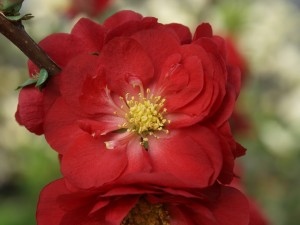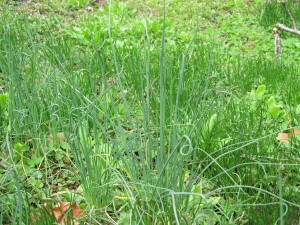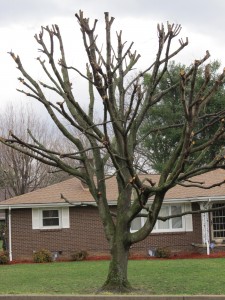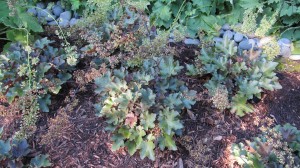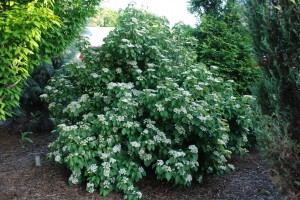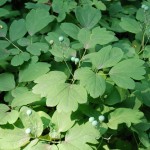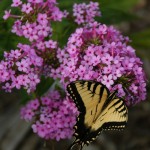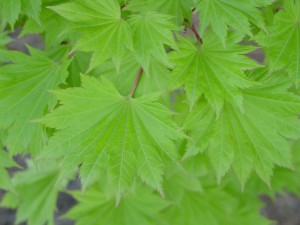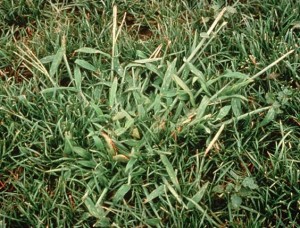Photo credit: Dr. Tom Ranney, NCSU Research Horticulturist
Flowering quince (Chaenomeles spp) is an early spring flowering shrub, treasured for its brightly colored blooms (USDA hardiness zones 5-9). Old fashioned quince shrubs produced small amounts of fruits which were gathered and prepared into yummy jelly in the autumn kitchen. These often large 10-12 foot tall shrubs produced small sharp thorns which made picking the fruit a challenge.
Now appearing in a garden center near you are three new compact quince cultivars: ‘Orange Storm’, ‘Scarlet Storm’ and ‘Pink Storm’. Dr. Tom Ranney and his team at the Mountain Crops Research & Extension Center near Asheville, North Carolina developed the three “Storm” quinces, marketed as the Double Take™ series. Plants grow 3-4 feet in height and average 4-5 feet in width.
The big, vibrant colored, double flowers provide a stunning early spring display. The camellia-like blossoms measure 1 ½ – 2 inches across and open in early spring before the leaves. Flowering branches make good cut displays. Once quinces become established after two years, shrubs are very drought tolerant. Branches are thornless and deer resistant. Double- flowered quinces do not produce fruit and are easy to care for.
After flowering, quinces may be pruned as specimen shrubs, espaliers or hedges. Feed with a slow release fertilizer such a Osmocote™ or Nutrikote™ in late winter.

